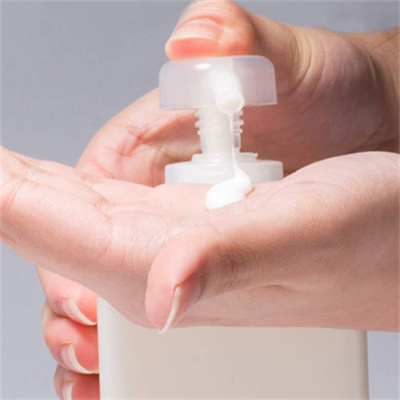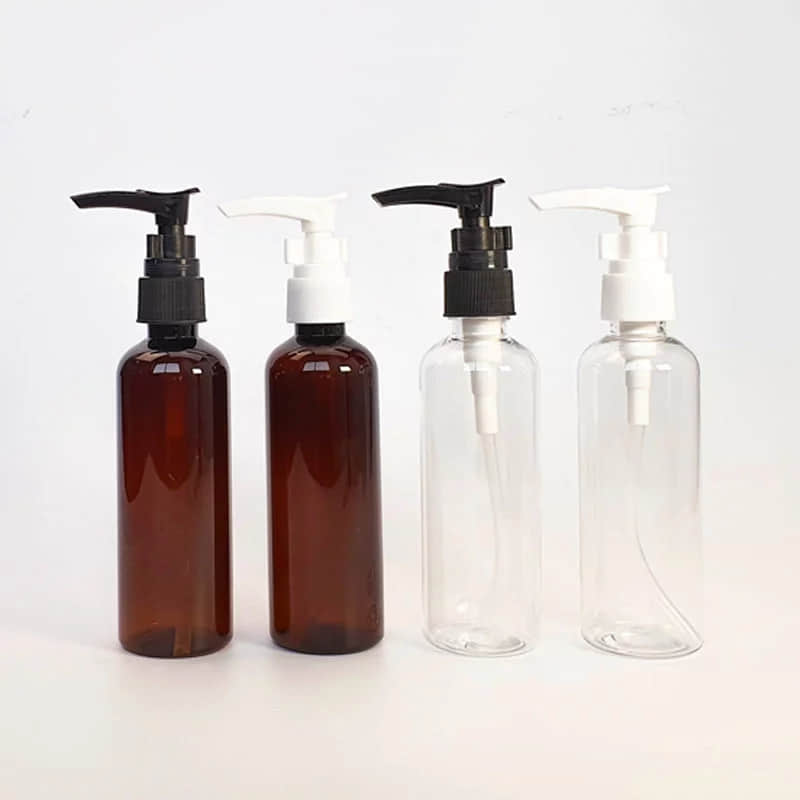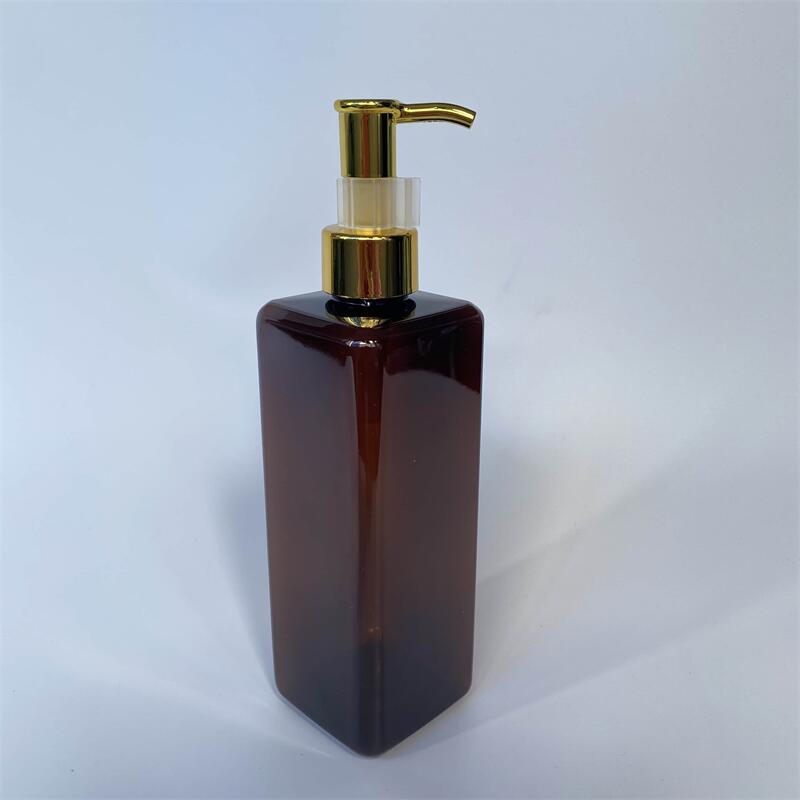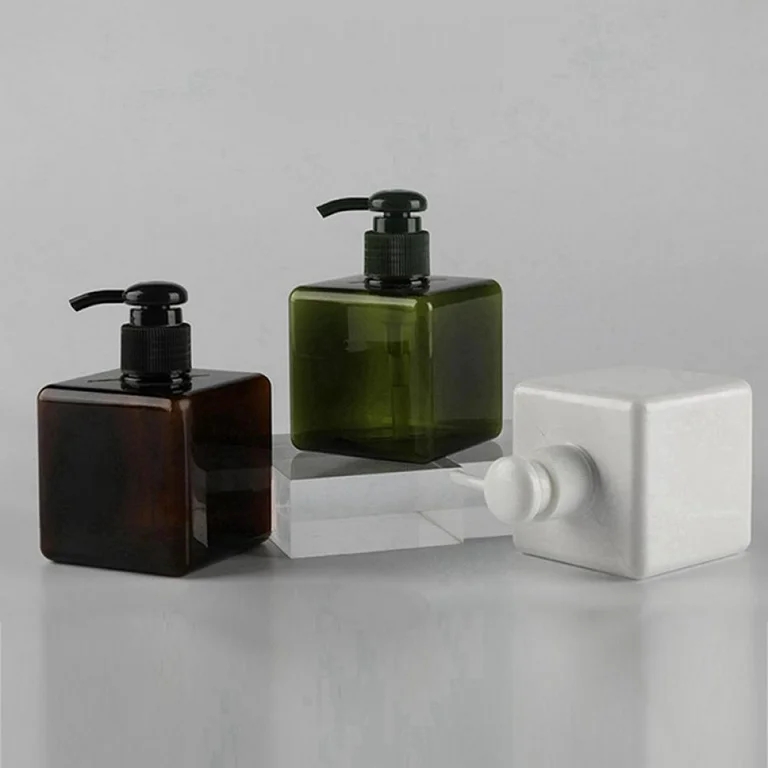What is the ideal size for a lotion pump bottle?
July 20, 2024
According to a 2023 report by Packaging Strategies, lotion pump bottlesare among the most in-demand primary packaging formats in the global personal care market, particularly due to their convenience, hygiene, and precise dosage control. However, one crucial question persists across both brands and consumers: What is the ideal size for a lotion pump bottle? This question is more than a matter of preference — it reflects usage behavior, market segmentation, and product positioning. Let's explore the key factors that determine the best lotion pump bottle size.

Why Does Bottle Size Matter in the First Place?
The size of a lotion pump bottle significantly affects product usability, customer satisfaction, and even logistics. From a consumer standpoint, a compact 50ml lotion pump bottle is travel-friendly, while a 500ml version may be ideal for home use. For manufacturers, choosing the right size impacts packaging costs, shelf presence, and shipping efficiency.
Moreover, product category plays a critical role. Facial moisturizers are usually sold in smaller sizes (30–100ml) to emphasize quality and shelf life, whereas body lotions are frequently packaged in 200–500ml pump bottles to cater to daily use.
What Are the Most Common Lotion Pump Bottle Sizes?
While there is no universal "ideal" size, certain standards have emerged across the industry. The most common lotion pump bottle sizes include:
50ml and 100ml: Often used for facial creams, premium skincare, or luxury items.
200ml to 300ml: Ideal for body lotions, hand moisturizers, and mid-range personal care products.
400ml to 500ml: Typically used for family-sized lotions, hair conditioners, and bulk products.
Interestingly, a growing number of brands now offer refillable lotion pump bottles in larger sizes (e.g., 1000ml), responding to eco-conscious consumer demand.
How Should Brands Choose the Right Size?
Brands must consider target audience behavior, product usage frequency, and retail environment. For instance:
Daily use items benefit from medium to large sizes (250ml–500ml).
Luxury skincare often favors smaller, elegantly designed lotion pump bottles (50ml–100ml).
Online retail packaging may benefit from leak-proof designs and medium-size options to reduce return rates.
Additionally, considering regional habits is essential. For example, consumers in the U.S. typically prefer larger containers than those in Japan or South Korea, where compactness and minimalism dominate.
Can Customization Influence Size Preferences?
Yes. The rise in custom packaging solutions allows brands to tailor the size of lotion pump bottles based on specific campaigns or seasonal launches. For instance, travel sets might include 30ml pump bottles, while a spa package could feature a 300ml body lotion paired with matching products.
Customization can also involve the shape and material of the lotion pump bottle, which indirectly influences how large the product feels even if the volume remains constant.
What Role Do Sustainability Trends Play?
Eco-conscious consumers increasingly demand refillable and recyclable lotion pump bottle options. This trend has led to a shift toward larger containers that reduce overall plastic usage per mL of product. Some brands now promote "refill stations" or offer pouches to refill a sturdy, aesthetically designed 500ml lotion pump bottle.
This sustainability angle adds a new dimension to size selection: bigger can sometimes be greener.
Conclusion: Is There a "One-Size-Fits-All" Solution?
In short, no. The ideal size of a lotion pump bottle is highly contextual. It depends on product category, usage frequency, consumer lifestyle, and brand identity. Instead of focusing on a single standard, successful brands often offer multiple size options—balancing convenience, cost-efficiency, and environmental impact.
Whether you're formulating a facial serum or launching a line of family body lotions, understanding the strategic role of lotion pump bottle sizing will position your product for success in an increasingly crowded market.



